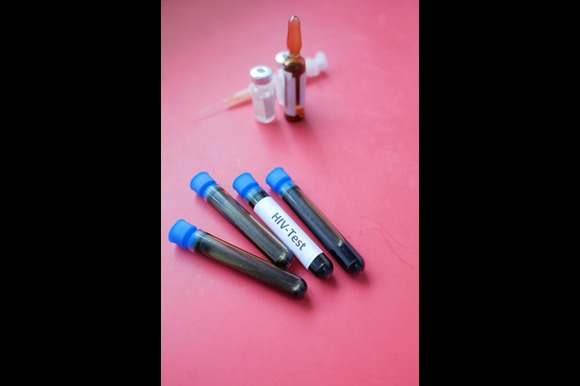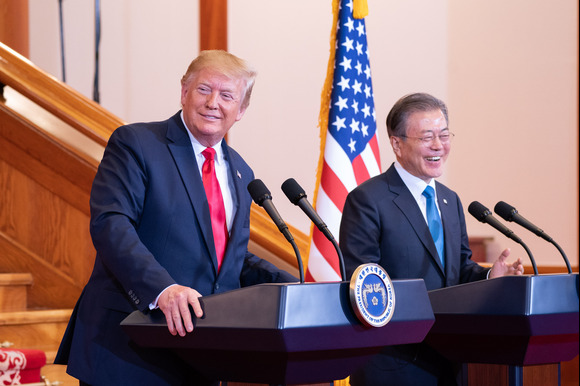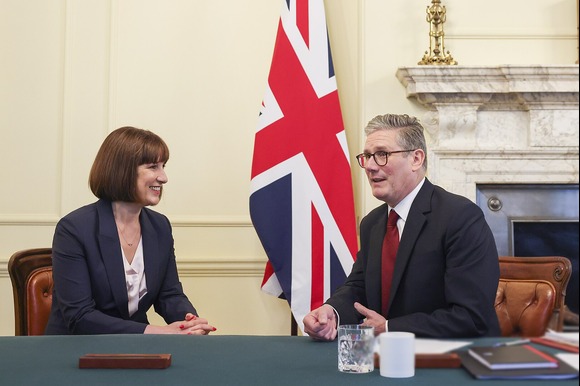
Photo by Towfiqu barbhuiya
Gugu, a 54-year-old woman living in Johannesburg, used to collect her antiretroviral medication from a USAID-funded clinic. Like thousands of other HIV-positive South Africans, her future became uncertain earlier this year when US President Donald Trump’s administration slashed foreign aid — a move that forced many clinics to shut down, cutting off vital lifelines for those relying on free treatment.
Gugu was one of the fortunate few. Before her clinic closed, she was contacted and given a nine-month supply of antiretrovirals (ARVs), well beyond her usual three-month prescription. But she knows this reprieve is temporary — her medication will run out in September, and she will have to turn to her local public hospital for more.
A former sex worker, Gugu discovered she was HIV-positive after leaving the industry. A persistent cough initially led her to believe she had tuberculosis. But when treatment for a chest infection failed, she underwent an HIV test at a clinic — a decision she had already anticipated the result of. She has been on ARVs ever since. For privacy reasons, Gugu asked not to use her real name.
Now a project coordinator for an NGO, Gugu supports pregnant sex workers by helping them access ARVs and ensuring their babies are born HIV-negative. She and her team conduct home visits to ensure women take their medication regularly and accompany them to monthly health check-ups.
Thousands of HIV-positive sex workers in South Africa have historically depended on USAID-funded private clinics for treatment. However, since the Trump administration’s drastic aid cuts earlier this year, many of these facilities have closed their doors. Gugu warns that public hospitals may not be a viable alternative for many in the sex work community.
“The challenge with public hospitals is the time it takes,” she says. “You have to arrive at 4 or 5am and can end up spending the whole day waiting just to get your medication. For sex workers, time is money.”
Gugu recently visited her local hospital with friends to register their details and begin building a relationship with the staff. But the experience left her disheartened.
“The nurse who attended to us was very rude. She told us there was nothing special about sex workers.”
She fears such stigma may discourage sex workers from accessing care at public hospitals. Confidentiality is another concern. “Their hospital files contain a lot of personal information, and sometimes the nurses aren’t the most sensitive when handling it,” she says. This could lead to some patients defaulting on their medication, which can have deadly consequences.
On Thursday, the UN agency UNAids released a report warning that steep funding cuts from several major donors — though not singling out the US — have placed years of progress in jeopardy. The report emphasized that global strides made in reducing HIV transmission and AIDS-related deaths are at risk of being undone.
“New HIV infections have fallen by 40% since 2010, and 4.4 million children have been protected from acquiring the virus since 2000. Over 26 million lives have been saved,” the report stated. But it warned that without urgent global intervention, an additional six million people could contract HIV, and four million could die of AIDS-related illnesses by 2029.
According to UNAids, prior to the funding cuts, new HIV infections and AIDS-related deaths had dropped to their lowest levels in more than three decades. Sub-Saharan Africa, although still the global epicentre of the HIV epidemic, has made significant progress, with new infections down by 56%. Four countries — Lesotho, Malawi, Rwanda, and Zimbabwe — are on track to reduce new infections by 90% by 2030 compared to 2010 levels.
Antiretroviral treatments have played a central role in this progress. Medical advancements have helped increase life expectancy in sub-Saharan Africa from 56 years in 2010 to 62 years in 2024.
The turning point in the global HIV response came in 2003, when former US President George W. Bush launched the President’s Emergency Plan for Aids Relief (Pepfar). The initiative marked the largest commitment by any nation to fight a single disease, with the US investing over $100 billion into HIV/Aids programs globally.
South Africa, home to the world’s largest HIV-positive population — around 7.7 million people — has been a major beneficiary. An estimated 5.9 million South Africans are on ARVs, which has led to a 66% drop in AIDS-related deaths since 2010, according to UNAids.
The South African government estimates that Pepfar contributed about 17% of the country’s HIV/AIDS program budget. These funds supported various initiatives, such as mobile clinics that made it easier for people to receive treatment.
Experts worry that the withdrawal of US funding will have devastating consequences.
“I think we’re going to start seeing an increase in HIV infections, TB cases, and other infectious diseases,” says Professor Lynn Morris, Deputy Vice-Chancellor of Wits University in Johannesburg. “We were getting on top of some of these things. Now, we risk reversing that success.”
Gugu believes the issue goes beyond statistics. For vulnerable populations like sex workers, access to ARVs is a matter of life or death.
“People are scared of dying if they miss their medication,” she says.
The funding cuts have also impacted HIV research, including efforts to find a vaccine or cure. “There’s a long-term impact,” Prof Morris adds. “We’re not going to be getting new vaccines. We’re not going to be monitoring emerging viruses effectively. We’re losing our surveillance infrastructure.”
South Africa has long been a global leader in HIV research. Many life-saving medications, including pre-exposure prophylaxis (PrEP) and the newly released Lenacapavir — a biannual injection that offers full protection against HIV — were trialled in the country.
At Wits University’s Health Sciences campus, researchers from the Brilliant Consortium — a collaboration across eight African nations — have been working on developing an HIV vaccine. But US funding cuts brought their work to an abrupt halt.
“When the stop order came, we had to cease all activity,” explains Associate Professor Abdullah Ely. “Some of us managed to secure alternative funding, but it set us back months — possibly a year.”
The lab no longer has the resources to conduct clinical trials that were planned for later this year.
“That’s a significant loss for South Africa and Africa as a whole,” Ely says. “Future research will likely need to be tested in Europe or the US, undermining local capacity.”
In June, South African universities appealed to the government for a bailout of 4.6 billion rand ($260 million) over three years to compensate for the lost US funding.
“We’re pleading for support,” says Dr Phethiwe Matutu, head of Universities South Africa. “South Africa leads in HIV research — not just for itself, but for global benefit.”
Health Minister Aaron Motsoaledi announced on Wednesday that new funding had been secured. The Bill and Melinda Gates Foundation and the Wellcome Trust each pledged 100 million rand, while the government committed 400 million rand over three years — far short of the requested amount.
As for Gugu, her hopes of witnessing a cure for HIV/AIDS in her lifetime are fading.
“I had hoped that by the time I was old, they would have found a cure,” she says. “I look after a nine-year-old. I want to live long enough to continue caring for him.”
She believes the world must look beyond the present. “This isn’t just a problem for now. We need to think about how this will impact the next generation of women and young people.”




